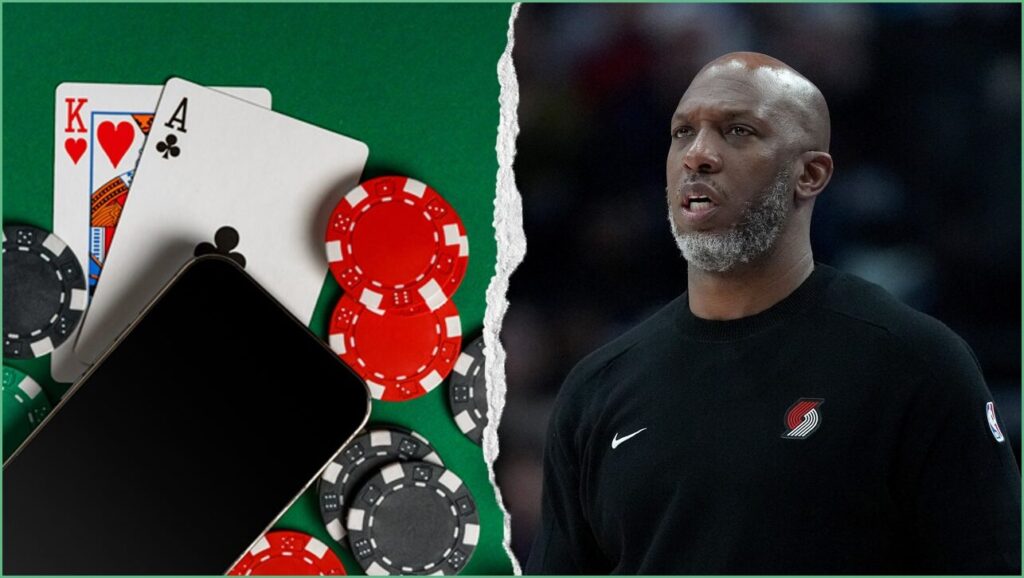FBI documents expose an illegal gambling scheme that led to more than 30 arrests, including involvement from NBA players who allegedly used card-shuffling machines and hidden cameras to cheat at poker. This report walks through what investigators uncovered, the techniques reportedly used to gain an edge, and why the fallout matters beyond a few busted games. Expect clear, grounded reporting on the mechanics, the legal risks, and the ripple effects for professional athletes and the broader gambling world.
Federal agents say the operation was sophisticated, not a backyard hustle. Participants used technology and tabletop tricks to tilt the odds, and law enforcement discovered patterns that pointed to organized coordination. The presence of high-profile athletes made the investigation a headline-grabber, drawing attention to how money, access, and technology collide in underground gambling.
The core of the scheme, according to the documents, involved devices that altered or revealed card order. Card-shuffling machines were manipulated to produce predictable sequences, and hidden cameras streamed information to collaborators waiting to act on the insight. That level of tech-assisted cheating turns a simple poker game into a criminal enterprise because it undermines fair play and mixes deception with organized fraud.
NBA players named in the papers were not simply casual attendees; their alleged roles ranged from players at tables to connectors who helped the operation reach deeper pockets. When recognizable athletes become associated with cheating, the story stretches beyond the game room into locker rooms, endorsements, and league credibility. For fans and sponsors, the idea that a public figure used illicit methods to win money is not just embarrassing; it’s a tangible reputational cost.
Prosecutors treated the case like a coordinated criminal ring rather than isolated incidents of poor judgment. More than 30 arrests signal that authorities believed the activity rose to a level of conspiracy and systemic fraud. Legal consequences can include charges related to illegal gambling, wire and mail fraud when technology is used to facilitate schemes, and potentially money laundering if proceeds were moved to hide their origin.
Investigators rely on a mix of old-school surveillance and modern forensics to build cases like this. Hidden camera footage, transaction records, and device logs can create a paper trail that ties people to schemed outcomes. Those elements are often the difference between a rumor-filled gossip mill and a court-ready indictment with admissible evidence.
For the sports world, the case raises hard questions about accountability and oversight. Leagues and teams routinely monitor conduct off the court, but technology changes the threat landscape faster than policy updates can keep up. When cheating involves gadgets and clandestine recording, governance needs to adapt to protect competition integrity and maintain public trust.
Beyond the courtroom, the scandal highlights how gambling ecosystems enable harm when they operate without transparency. Big money, private games, and willing insiders create an environment ripe for abuse, and when public figures are involved the implications ripple through sponsorships, fan trust, and the wider industry. The FBI action shows that law enforcement can and will step in when sports, tech, and illicit gambling intersect in ways that break the law.
